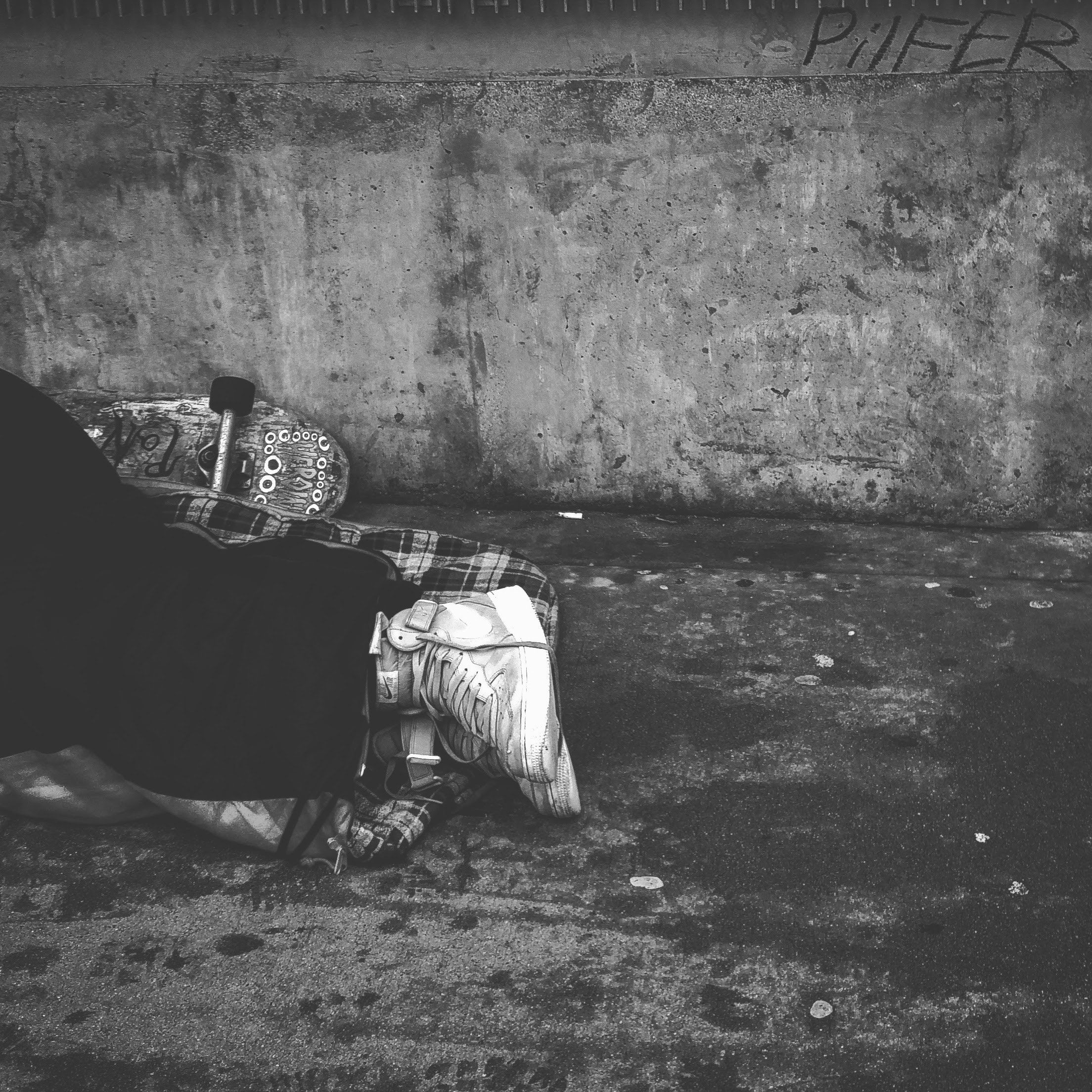A 24-hour snapshot of Campbell River’s homelessness situation shows that since 2018, the number of people without a permanent place to call home has increased by 43 percent.
This is according to the April 2021 Point-In-Time Homeless Count.
Preliminary data was released by the Campbell River & District Coalition to End Homelessness, about the first such count since April 2018.
Three years ago, 81 people were identified.
This was before the opening of the 50-unit supportive housing facility at 580 Dogwood St.
This year’s findings indicate that 116 people were identified, despite 50 people now housed at Q’Waxsem Place.
Of those, 51 considered themselves “sheltered” (transition houses and emergency shelters) and 65 considered themselves “unsheltered” (stayed outside in alleys, doorways, parks, or were staying temporarily at someone else’s place).
Coalition coordinator, Stefanie Hendrickson, points out that a point-in-time count doesn’t reflect the true number of homeless in the community.
“It does a really good job of showing trends over time, but not such a great job at identifying exactly how many people are experiencing homelessness in the community, so the actual number is significantly higher than what we’re seeing here, but it does give us a really good snapshot and shows us that the trend is on the rise,” Hendrickson said.
This also shows trends over time and it also provides important demographic information to help a community understand its service needs.
However, the coalition says the numbers don’t fit well with finding instances of ‘hidden homelessness.’
Hidden homelessness refers to those people who are unconventionally sheltered and may or may not be accessing services regularly. Often this looks like staying temporarily at someone else’s place or living in an RV, another type of vehicle, or out-building on someone else’s property.
Demographic data has not yet been released.
Hendrickson said the increase comes as no surprise to anyone working in the social services sector in Campbell River.
She added that they used a variety of methods to identify the homeless, starting with counting the people who are using shelter services in the city.
“We (then) tried to hit as many programs and services that were happening that day, as we could, walked through a lot of bushes and trails and worked with a number of different partners to identify some youth experiencing homelessness, and just tried to hit it from as many angles as we could.”




